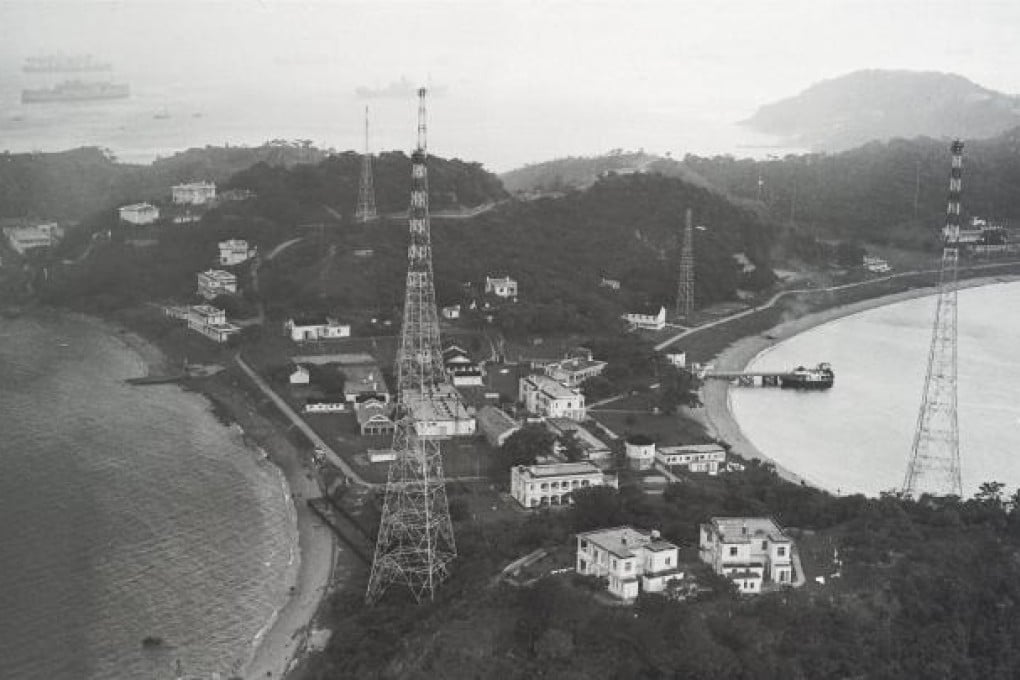Then & now: in plain sight
Home to all sorts of military intrigue during the second world war, Stonecutters Island remains off-limits today, writes Jason Wordie

Now linked to West Kowloon by reclamation, Stonecutters Island still appears isolated from the rest of the city when viewed from the nearby expressway. This is hardly surprising: the island remains off-limits to the general public due to the presence of a People's Liberation Army installation, as it was during the British garrison presence.
In the post-war era, a myth of complacent ill-preparedness evolved about Hong Kong's pre-war defences. While these were largely untrue, the events of 1941 demonstrated, beyond any doubt, that Hong Kong was not defensible, for any extended period. A dense urban population and reliance on vulnerable, artificially created water resources made this point clear.
Until 1940, Stonecutters Island, known to the wider world for its mysteriously tall radio masts, was a vital link in Britain's Far Eastern defence strategy. The most powerful SIGINT (Signals Intelligence) intercept station in the Far East at that time, the Far Eastern Combined Bureau (FECB) was based on the island from 1934. From 1938, Stonecutters Island also had a growing number of Special Operations Executive (SOE) personnel engaged in monitoring the increasing Japanese threat to British Far Eastern interests following the all-out Japanese invasion of China, in mid-1937.
After the fall of France and the Netherlands, in May 1940, and the subsequent increased likelihood of war with Japan, the role of Stonecutters Island was urgently reviewed. All essential personnel were withdrawn to Singapore, where another SIGINT installation had been built at Blakang Mati (modern-day Sentosa). When the fall of Singapore became imminent, in early 1942, the remnant FECB operation was evacuated to Ceylon (modern-day Sri Lanka), and operated there for the rest of the war.
Even though its very existence was officially denied for decades, Bletchley Park, the top-secret signal intercept station in Britain, had a number of intelligence operatives based in pre-war Hong Kong. Some were trained in England, others in India. One, a Japanese-speaking Royal Air Force wing commander named Alf Bennett, remained behind to interpret in the official British surrender to the Japanese on Christmas night 1941.
Hong Kong's SOE presence was officially denied for decades after the war ended, for a number of reasons. Many of those involved either evaded capture when the Japanese invaded or were spirited out of the colony during hostilities or immediately after the British surrender. The most well-known escape incident involved a motor-torpedo boat that left Aberdeen on Christmas night, 1941, carrying various key individuals, including a Chinese admiral, the director of civil aviation and others who, given all they knew, could not be allowed to fall into the hands of the enemy.